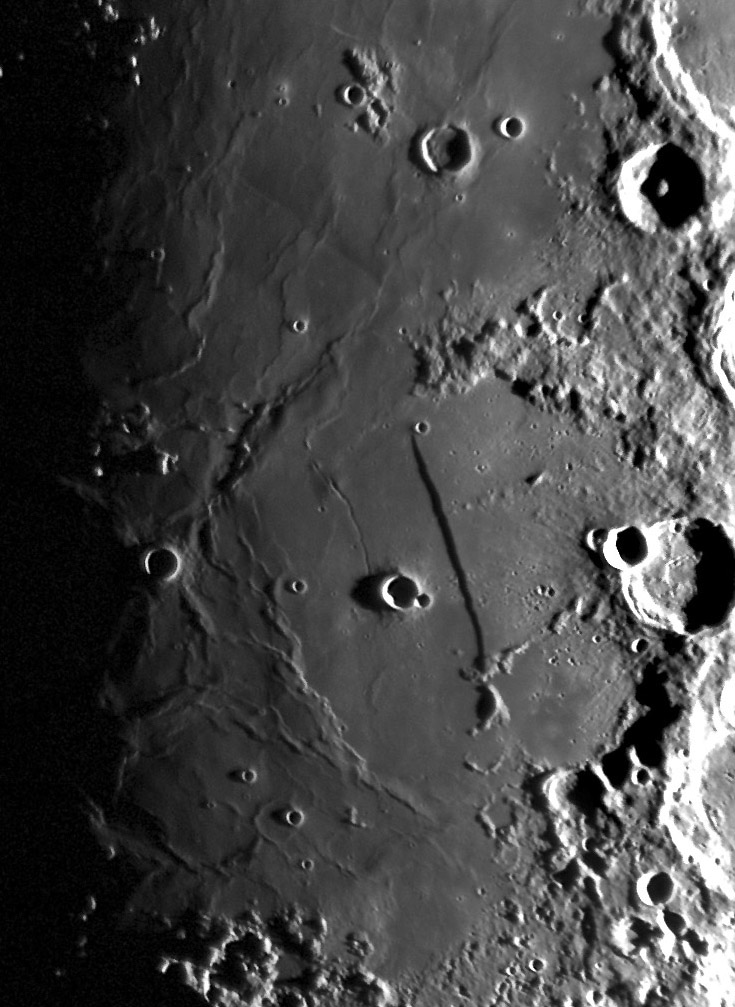Difference between revisions of "February 27, 2009"
| Line 2: | Line 2: | ||
=Not Officially Birt R= | =Not Officially Birt R= | ||
| − | + | <!-- ws:start:WikiTextHeadingRule:2:<h1> --> | |
<!-- ws:start:WikiTextLocalImageRule:8:<img src="/file/view/LPOD-Feb27-09.jpg/59925292/LPOD-Feb27-09.jpg" alt="" title="" /> -->[[File:LPOD-Feb27-09.jpg|LPOD-Feb27-09.jpg]]<!-- ws:end:WikiTextLocalImageRule:8 --><br /> | <!-- ws:start:WikiTextLocalImageRule:8:<img src="/file/view/LPOD-Feb27-09.jpg/59925292/LPOD-Feb27-09.jpg" alt="" title="" /> -->[[File:LPOD-Feb27-09.jpg|LPOD-Feb27-09.jpg]]<!-- ws:end:WikiTextLocalImageRule:8 --><br /> | ||
<em>image by [mailto:kcpaulhk@yahoo.com.hk K.C. Pau], Hong Kong</em><br /> | <em>image by [mailto:kcpaulhk@yahoo.com.hk K.C. Pau], Hong Kong</em><br /> | ||
| Line 19: | Line 19: | ||
<br /> | <br /> | ||
<hr /> | <hr /> | ||
| − | |||
| − | |||
| − | |||
| − | |||
Revision as of 22:41, 2 January 2015
Not Officially Birt R

image by K.C. Pau, Hong Kong
Classical selenographers often designated very ruined large craters with the letter R. When we did the System of Lunar Craters catalog and map in the mid-1960s we measured a diameter of about 200 km for the ruined crater surrounding the Straight Wall but we failed to give it the name Birt R, R for ruin. I have often described this feature and it would be convenient to have a way to refer to it, so I will, informally, call it Birt R. KC's new image beautifully captures the subtle undulation of this area of eastern Mare Nubium, illustrating something I never noticed so well previously. The eastern Nubium lavas are rich with mare ridges, but there are very few within Birt R. I thought that perhaps the lavas in R were different from those beyond it, but the Clementine UVVIS color ratio map shows that all the lavas in this area have a similar range of colors, so that isn't the explanation. Here is another possible reason. Since mare ridges tend to form over buried rims (Serpentine Ridge basin ring in Serenitatis and the buried crater rim of R, as examples), perhaps the lack of mare ridges within R is because the excavation of that 200 km wide crater obliterated the existing craters and possible basin rings. While you ponder that, I thick KC may have captured another hairline crease in the maria. A few years ago one of his images brought the rille at top center to our attention. Now I see a fainter and shorter crease in the 7 o'clock position from Birt extending to the southwest rim of R. Near its top this seems to truncate the previously-noticed, similar north-south feature. These creases suggest that more rilles, perhaps originally like the Birt Rille, have been mostly buried under R's last lavas. Hasn't it been useful to have a designation for the ancient ruin that holds the Straight Wall, the Birt Rille and these other rillitos?
Chuck Wood
Technical Details
Feb. 3, 2009; 13:52 UT. 250mm f/6 Newtonian + DMK31AF03 camera + 2.5X barlow; processing with CS2. Lat.: 22º 15' N, Long.:114º 10' E; elevation is 0 meter.
Related Links
Rükl plate 54
Rik Hill's image shows an earlier view of the 7 o'clock crease.
By the way, this is the type of very low Sun image that most lunar orbiters never capture!



